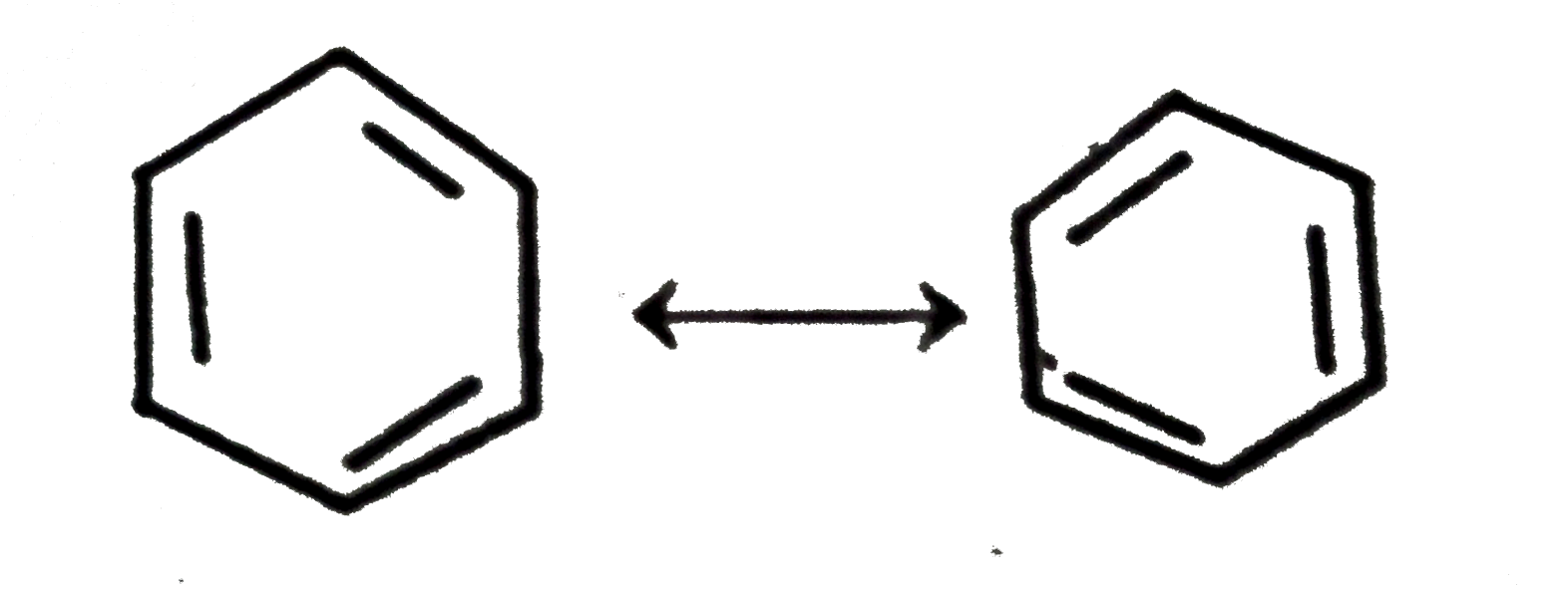Assertion : Benzene diazonium salt on boiling with water forms phenol.
Reason : C - N bond is polar.
If both assertion and reason are true and reason is the correct explanation of assertion
If both assertion and reason are true but reason is not the correct explanation of assertion
If assertion is true but reasonb is false
If both assertion and reason are false.
The correct Answer is:B
To solve the question, we need to analyze both the assertion and the reason provided.
1. Understanding the Assertion:
- The assertion states that "Benzene diazonium salt on boiling with water forms phenol."
- Benzene diazonium salts, such as benzene diazonium chloride, can undergo hydrolysis when treated with water. The reaction leads to the formation of phenol and nitrogen gas (N2).
2. Reaction Mechanism:
- When benzene diazonium chloride is boiled with water, the nitrogen (N2) group is released, and a hydroxyl group (OH) is introduced in its place.
- The reaction can be summarized as:
C6H5N2Cl+H2O→C6H5OH+N2+HCl
- This confirms that the assertion is true.
3. Understanding the Reason:
- The reason states that "C - N bond is polar."
- In benzene diazonium salts, the carbon-nitrogen bond is indeed polar due to the difference in electronegativity between carbon and nitrogen. This polarity contributes to the reactivity of the diazonium group.
4. Evaluating the Relationship:
- While both the assertion and reason are true, the reason does not directly explain why boiling benzene diazonium salt with water produces phenol. The mechanism involves the loss of nitrogen gas and the substitution of the diazonium group with a hydroxyl group, which is not solely due to the polarity of the C-N bond.
5. Conclusion:
- Both the assertion and reason are true, but the reason is not a correct explanation of the assertion.
Final Answer:
- The correct option is: Both assertion and reason are true but reason is not a correct explanation of assertion.
- The assertion states that "Benzene diazonium salt on boiling with water forms phenol."
- Benzene diazonium salts, such as benzene diazonium chloride, can undergo hydrolysis when treated with water. The reaction leads to the formation of phenol and nitrogen gas (N2).
- When benzene diazonium chloride is boiled with water, the nitrogen (N2) group is released, and a hydroxyl group (OH) is introduced in its place.
- The reaction can be summarized as:
C6H5N2Cl+H2O→C6H5OH+N2+HCl
- This confirms that the assertion is true.
- The reason states that "C - N bond is polar."
- In benzene diazonium salts, the carbon-nitrogen bond is indeed polar due to the difference in electronegativity between carbon and nitrogen. This polarity contributes to the reactivity of the diazonium group.
- While both the assertion and reason are true, the reason does not directly explain why boiling benzene diazonium salt with water produces phenol. The mechanism involves the loss of nitrogen gas and the substitution of the diazonium group with a hydroxyl group, which is not solely due to the polarity of the C-N bond.
- Both the assertion and reason are true, but the reason is not a correct explanation of the assertion.
- The correct option is: Both assertion and reason are true but reason is not a correct explanation of assertion.
Similar Questions
Knowledge Check
Assertion : Boiling point of p-nitrophenol is greater than that of o-nitrophenol.
Reason : There is intramolecular hydrogen bonding in p-nitrophenol and intermolecular hydrogen bonding in o-nitrophenol.AIf both assertion and reason are true and reason is the correct explanation of assertion.BIf both assertion and reason are true but reason in not the correct explanation of assertion.CIf assertion is true but reason is false.DIf both assertion and reason are false.
Benzene diazonium chloride on reaction with phenol in weakly basic medium gives
View SolutionAssertion : Benzene exhibit tow different bond length , due to C- C single and C = C double bonds .
Reason : Actual structure of benzene is a hybrid of following two structures.

View SolutionWhat happens when benzene diazonium chloride is heated with water ?
View SolutionWhat happens when benzene diazonium chloride is heated with water ?
View SolutionAssertion :− Benzaldehyde forms two oximes on reaction with NH2OH.
Reason:− The two oximes arises due to geometrical isomerism around C−N bond.
View SolutionAssertion : All diatomic molecules with polar bond have dipole moment.
Reason : Dipole moment is a vector quantity.
View SolutionAssertion : All diatomic molecules with polar bond have dipole moment.
Reason : Dipole moment is a vector quantity.
View Solution
